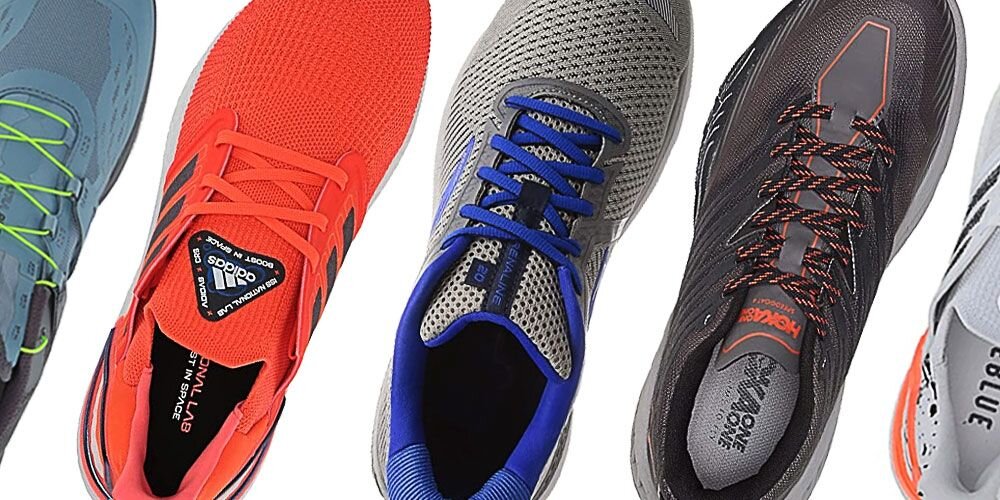5 Tips to Avoid Shin Splints
If you are an athlete, runner, speed-walker, or enjoy a lot of hiking and walking exercise, you may have experienced the dreaded pain of “shin splints”, also known as Medial Tibial Stress Syndrome (MTSS). These are microtraumas that develop in either the muscles, connective tissue or bone in the lower leg, causing pain with impact-related activities. If gone untreated, shin splints can last for a long time and reoccur quite frequently. Read further to discover 5 Ways to Decrease Shin Splints!
1) Warm-Up & Cool-Down Appropriately
In order to reduce the risk of all injuries (especially in the lower leg), research has shown that a dynamic warm-up is highly recommended. This would involve anything that is movement based, which will help you increase circulation, elevate your heart rate and improve joint mobility & muscle extensibility. A good way to know if your warm-up is sufficient, is if you have broken a sweat! After you have completed your activity, a cool-down should include specific stretching to prevent the muscle shortening cycle, while maintaining or improving flexibility! For shin splints in particular, it is important to stretch the calves, hamstrings, quads and hip muscles!
2) Strengthening Hip Musculature
The muscles of your hips are built to support and propel you through a walking/running movement. They are also going to contribute to stabilization during gait, so that we avoid excess pressure on the knee & ankle joints. By performing exercises to help strengthen the muscles of the hip, we will in turn decrease stress on the knee/ankle and reduce the forces placed on our lower leg.
3) Avoid Sudden Increase in Training Volume/Intensity
The most common cause of injury for shin splints is the rapid increase in activity once weather improves. As soon as the sun comes out and temperatures rise, we see an exorbitant amount of runners coming in for physical therapy due to overuse. If you have suffered from shin splints in the past or are trying to avoid this altogether, the most effective way to avoid symptoms is by slowly building up the volume & intensity of your activity. Just because you were able to run a half marathon last year, does not mean you can jump right back into that same training program after a few months off. Slow and steady wins the race! Make sure you keep your body healthy by avoiding this simple mistake.
4) Use Proper Footwear
Shoe selection is a big topic amongst runners! Thankfully, there are many different brands, styles and types of shoes for you to choose from. So how do I know where to even begin? Well, that can certainly be difficult to navigate but there is a solution! Find your local running store and ask about a shoe fitting! The experts in these stores are educated specifically to determine what kind of support would work best for you, based on your running history, activity level and goals. Some excellent Rhode Island-based stores are Rhode Runner Inc. in Providence and Wakefield Running Co. in South County!
5) Running Analysis with a Physical Therapist
If you have tried taking all of the above mentioned steps and still have pain, or you would like to get ahead of these potential problems, contact Restore Physical Therapy and let the expert doctors evaluate your running mechanics! We will perform a range of motion & strength testing, examine your current running shoes, watch and film your running and discuss mechanical changes that would benefit your performance. Education is key and the more you know, the better you can apply the theories which will help you to improve your performance & eliminate pain.
Contact us by clicking the button below to inquire about a Running Analysis today!





